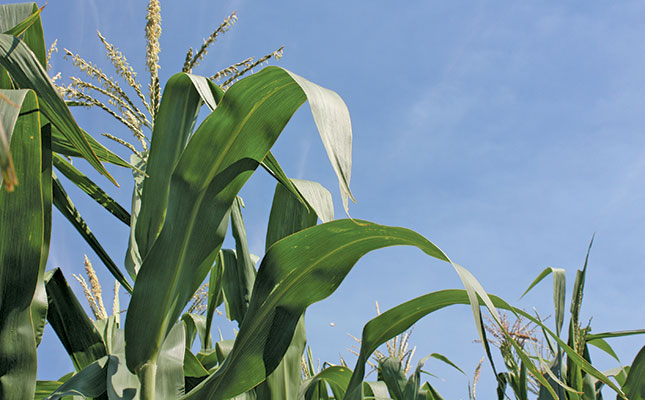Nitrogen efficiency in crop production vital to save cash and the environment

Maize cultural practices
October 4, 2018
Sugar tax millions should be used for diversification in the industry
October 8, 2018
Nitrogen may be an essential element in crop production, but its inefficient use wastes farmers’ money as well as contributing to potentially deadly pollution of the environment. Dr Alan Manson, a soil scientist with the KwaZulu-Natal Department of Agriculture and Rural Development, explains this subject further.
A recent European study that analysed the nitrogen (N) cycle across 28 EU member states estimated fluxes within the cycle across natural, intentional anthropogenic, and unintentional anthropogenic processes and activities.
In the natural processes and activities, some N is cycled through fixation by leguminous plants and soil microbes and then released again into the atmosphere by fires burning plant material.
A quantity of N also leaches out of soils, moving into rivers and oceans.
Dr Alan Manson, a soil scientist with the KwaZulu-Natal Department of Agriculture and Rural Development, says the researchers found that before the advent of modern agricultural practices in the EU, an average of 0,2 teragrams (200 000t) of N was released back into the atmosphere annually as a result of denitrification in the EU’s total area.
“Since the advent of modern agricultural practices in the 1900s, especially the manufacture and use of chemical fertilisers since World War II, the quantities of N being put into soils in Europe and elsewhere in the world have multiplied hugely compared to before the 20th century.
“There’s a huge N-cycle now going through both crop and livestock farming across the planet, with much of this N being tapped off for human nutrition,” Manson explains.
The EU’s status as a net importer of food and animal feed also has an impact on N-cycling.
The N imported into the EU via these products adds to volumes of N already present through natural, intentional anthropogenic and unintentional anthropogenic processes and activities.
Manson explains that while N is essential for life in almost all its forms, too much of the element in a given area may result in negative consequences for life.
The EU researchers found that volumes of N being released into the atmosphere through denitrification in the region had increased to an average of 3,8 teragrams (3,8 million tons) a year.
Some of this N is in the form of nitrous oxide (N2O), a greenhouse gas that remains in the atmosphere for 100 years before breaking down into beneficial N and oxygen.
“Nitrous oxide has been found to be responsible for 10% of the total global anthropogenic radiative forcing that’s contributing to climate change,” says Manson.
“Since about 2005, it has also been the largest man-made contributor to depletion of the Earth’s protective ozone layer, now that CFC [chlorofluorocarbon] production has been restricted.”
High concentrations of N compounds in agricultural soils also result in nitrate (NO3-) leaching out into waterbodies such as rivers and oceans.
Algae in these waterbodies thrive on elevated nitrate levels, resulting in algal blooms that can deplete oxygen in the water to the point where much of the local aquatic or marine life dies.
Some algal blooms are also toxic, poisoning life below and above the water surface.
So bad has N pollution become in Europe that the European Parliament has enacted legislation that strictly regulates the sources and quantities of N that farmers and other users there may apply. Transgressors of this legislation face huge fines that could cripple their businesses.
Click HERE for the full article.



